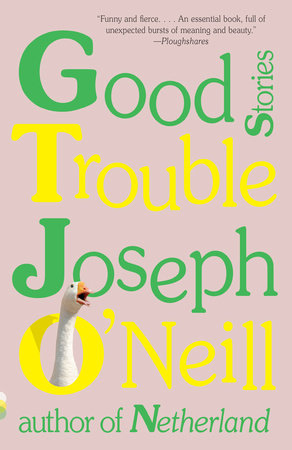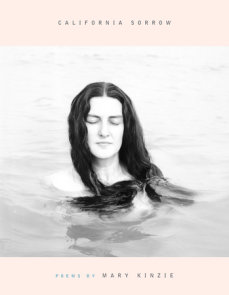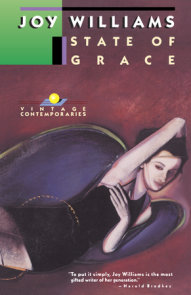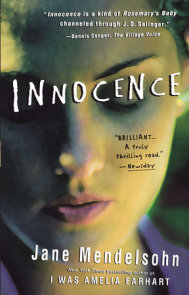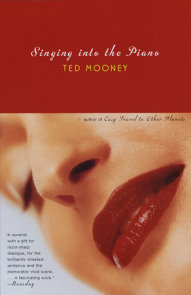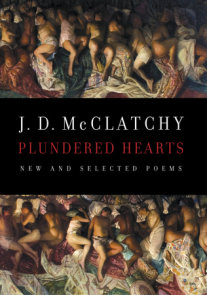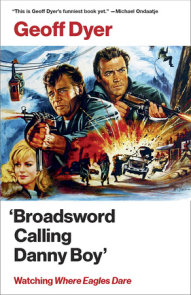READERS GUIDE
The questions, discussion topics, and reading/viewing list that follow are intended to enhance your reading group’s discussion of Good Trouble by Joseph O’Neill. It is a masterful collection of stories about the strange world we live in today.Introduction
From the PEN/Faulkner Award–winning author of Netherland comes a collection of stunning, subversive, wryly comic stories that reveal the emotional depths and surprising beauty of life in the twenty-first century. A poet confronts the state of his art when asked to sign a petition-in-verse to free Edward Snowden. A man attending a wedding in Tuscany seeks a moment of solace with a friendly goose. A father uses a tracking app to follow his son’s stolen phone, opening wider questions of the world and its dangers. In these flashes of trouble, O’Neill unearths the real, secretly political consequences of our ordinary lives. No writer is more incisive about the world we live in now.Questions and Topics for Discussion
1. What links the eleven stories to one another, other than their having been written by Joseph O’Neill? If you have read Netherland, how are these stories similar or not similar to that novel in terms of their themes?
2. How are the stories urban, even those that are set in more rural settings? How is New York City a character in most of the stories?
3. The stories are all set in the present day, in the early twenty-first century. How does the past seep into the stories? Or does it not?
4. Are the narrators’ voices in the stories similar throughout the collection? Why or why not? Describe the various perspectives.
5. Discuss the role of male friendship in the collection. How are the friendships primarily connected to sports, in particular golf, and to college days? Why?
6. Most of the narrators or the main characters of the stories are male, between the ages of thirty and fifty. How does this influence the stories? What are the preoccupations of the characters? How are they similar to one another? Or not?
7. Discuss the story with a mother as the main character, “The World of Cheese.” What do you think of the ending of that story? Do you sympathize with Breda?
8. In terms of the women characters in the collection overall, how much power do they have? How do you feel about a male author writing from a female point of view?
9. Is the order of the stories important? Do you think you would have a different experience reading them in another order? Why or why not? Do the stories influence or play off one another?
10. What is a poet? What is resistance? Are these questions easily answered? What is the poet Mark McCain in the first story, “Pardon Edward Snowden,” resisting? How did you feel about Bob Dylan winning the Nobel Prize in Literature?
11. Discuss humor throughout the collection.
12. The title of the collection, Good Trouble, comes from “The Poltroon Husband,” where the husband talks about protesting and quotes Congressman John Lewis. Lewis said, “You have a moral obligation, a mission, and a mandate, to speak up, speak out, and get in good trouble. You can do it. You must do it. Not just for yourselves but for generations yet unborn.” Discuss this quote. How does “good trouble” connect to this story and to the collection as a whole?
13. Is the husband in “Poltroon Husband” a coward? Why or why not?
14. “The question of how to act is something that is keeping many of us awake at night.” Joseph O’Neill said this in a Q&A with The New Yorker magazine. Discuss how this quote relates to the stories in this collection and also how this applies to your life. Are you questioning how to live in this day and age? Why or why not? Can you tie this into “good trouble”?
15. How and why is the narrator of “The Referees” totally ignorant of others’ views of him? Is it something about him? Or is it a fault of NYC life and real estate and how we interact with others in urban settings?
16. Why does Jack Bail stop coming to visit his old teacher in “The Trusted Traveler”? What is different about his final visit from his previous visits?
17. In “The Death of Billy Joel,” Tom, even though he is turning forty, “believes that there must be some common knowledge that has been withheld from him, some widely yet selectively disseminated confidence, some trick of living that he . . . has not yet grasped” (p. 76). Why does Tom feel this? Why is he jealous of other men?
18. Discuss the husband-wife relationships in the stories. Which story do you think has the healthiest marital relationship and why?
19. Why is Robert of “Goose” threatened, “menaced by light-flashing cars” (p. 119) speeding past him? What do the fast cars represent?
20. Robert is “conscious of the grass under his feet” (page 130). How does the natural world seep into these stories?
21. Discuss the theme of violence and forgiveness in “The Sinking of the Houston.” Why does the narrator change his mind about what he wants to do about his son’s mugger?
22. How does “The Mustache in 2010” poke fun at mores and lifestyles and facial hairstyles of life right now? What is the “social catastrophe and mortification” (p. 140) that occurs? Do you sympathize with Viv?
23. How alone we are!” (p.103) is a line from “Ponchos.” How does each of the stories touch on this loneliness to some extent?









